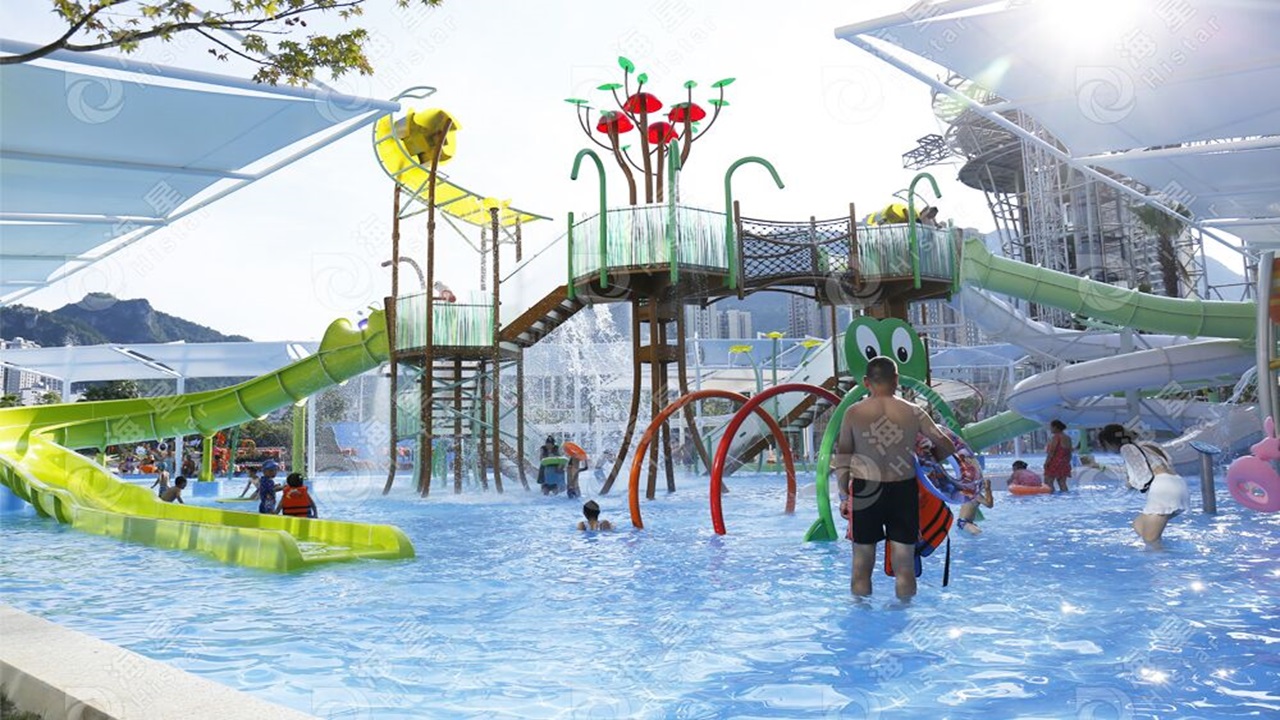Splash pads are becoming common as parks, play zones, and other recreational places provide entertainment and safety in an eco-friendly manner. These water play areas provide safe and engaging experiences for children while addressing one of the most critical concerns of our time that is water conservation. Understanding how splash pads are effective in preserving water can help communities, parks, and businesses in choosing the right water source in selected play areas. Check out the official Website of Histar providing the best environmentally friendly splash pads.
Splash Pads Use Less Water Than Traditional Pools
An advantage of splash pads is that the quantity of water that is used in splash pads is way much lower than that used in swimming pools at the current times. They require a large amount of water for filling and maintaining the water level where whereas splash pads require only of water in limited quantity and that also by controlling it. The main type of splash pad uses water nozzles, jets, and structures that release sufficient water to create a fun play area. This is the complete opposite of pools where the whole surface area of the structure is occupied by water.
Recirculating Water Systems Reduce Waste
Another way through which splash pads contribute to the conservation of water is through the use of recycled water. Unlike older splash pads or fountains that require fresh water from the municipal supply to circulate continuously, today’s splash pads are designed to recycle water. The water that comes out of the nozzles and jets is channeled purified, treated, and then pumped back into the system for reuse. This closed-loop system significantly reduces water waste. The technology behind these recirculating systems ensures that water is treated to meet safety standards, so it remains clean and safe for children to play in. Not only does this minimize the need for freshwater, but it also helps municipalities and park managers save on water utility costs over time.
Timed Features to Prevent Excessive Use
One of the challenges of managing public water features is preventing overuse and excessive waste. Splash pads are often equipped with automated timers and motion sensors that regulate water flow. These features ensure that water is only being used when people are actively playing. Once the play area is empty or not in use, the water flow stops, conserving water during off-peak hours. Timed features help prevent water from being wasted when no one is present. For instance, some splash pads are activated by pressure plates or push buttons that only release water when a child steps on them or interacts with a control point.
Low Maintenance Requirements Conserve Resources
Splash pads are also far easier to maintain compared to water parks and swimming pools which are customary in most societies. Water for swimming therefore needs to be cleaned, chemically treated, and filtered in swimming pools. This constant maintenance also needs not only water but also chemicals and energy which is also adverse to the environment. Splash pads, however, are constructed in a way that there isn’t much standing water hence they use a lot of water and energy for maintenance. At splash pads, the water is recycled and although the type of filters used are efficient, chemicals are added sparingly where necessary. This lower maintenance model makes splash pads a more sustainable option, reducing both water usage and the environmental footprint of the space.
Sustainable Materials and Design
Contemporary splash pads are built with an understanding of the need to conserve water as well as the materials used in construction. Most of the splash pad systems are installed with environment-friendly material such as rubber surfaces made of recycled material. Also, part of the sustainable features, in the design of the splash pad area, are the energy-efficient pumps used besides the solar power controls and the LED lighting used in illuminating the structure. Splash pad designers also aim at constructing structures that do not need frequent repairs and replacements hence minimizing waste. Splash pads have another advantage of proactively contributing towards the development of sustainable public park infrastructures in that they are made from durable materials and incorporate energy efficiency solutions.
Conclusion
Splash pads are a wise choice for communities and parks that seek to provide water play but are also concerned with the environment. Splash pads differ from other swimming pools because they use less water, employ recirculation systems, and are time-activated hence being environmentally friendly. Moreover, this is enhanced by the fact that their maintenance is eased while at the same time using recycled or natural materials in their manufacture. These systems are an effective solution to enhance the consciousness about the environment during playing and recreation activities. Hence, splash pads are doing their fair share in the development of a future green society through conserving and effective usage of water.


